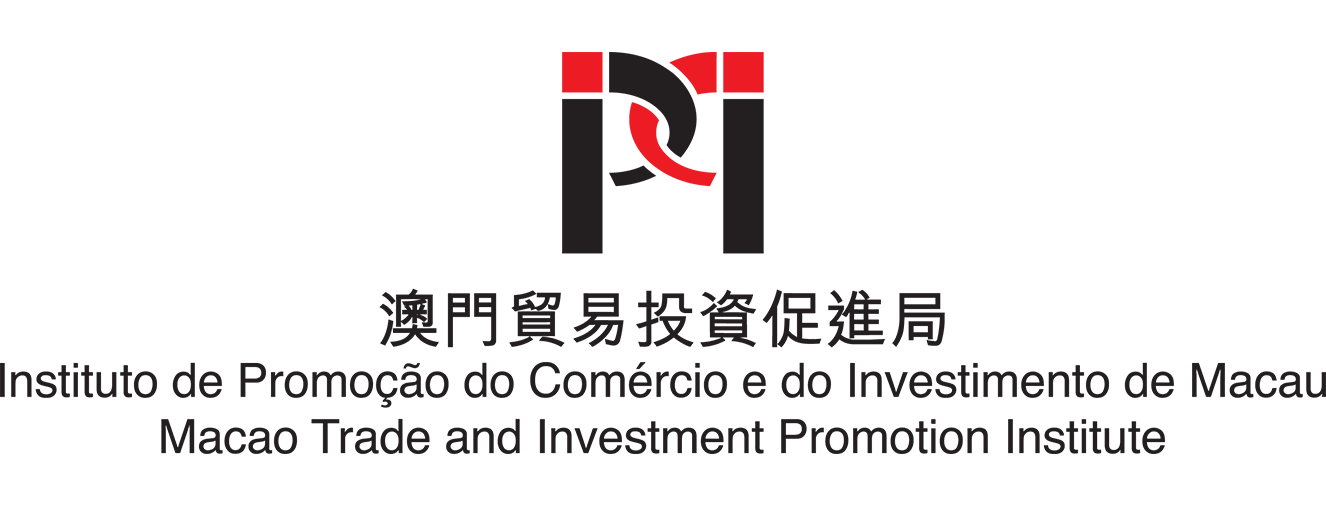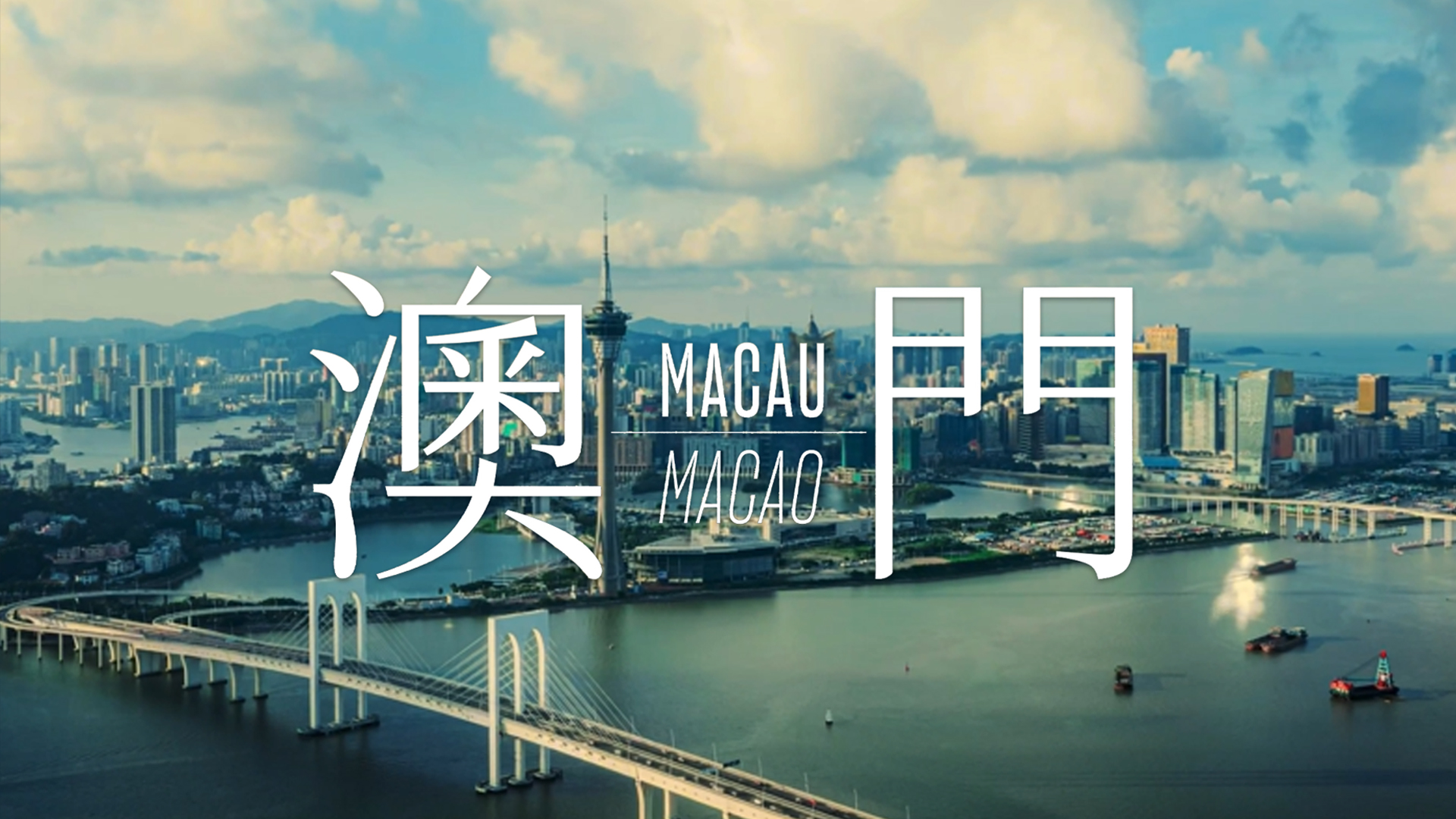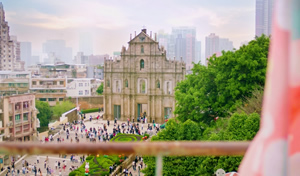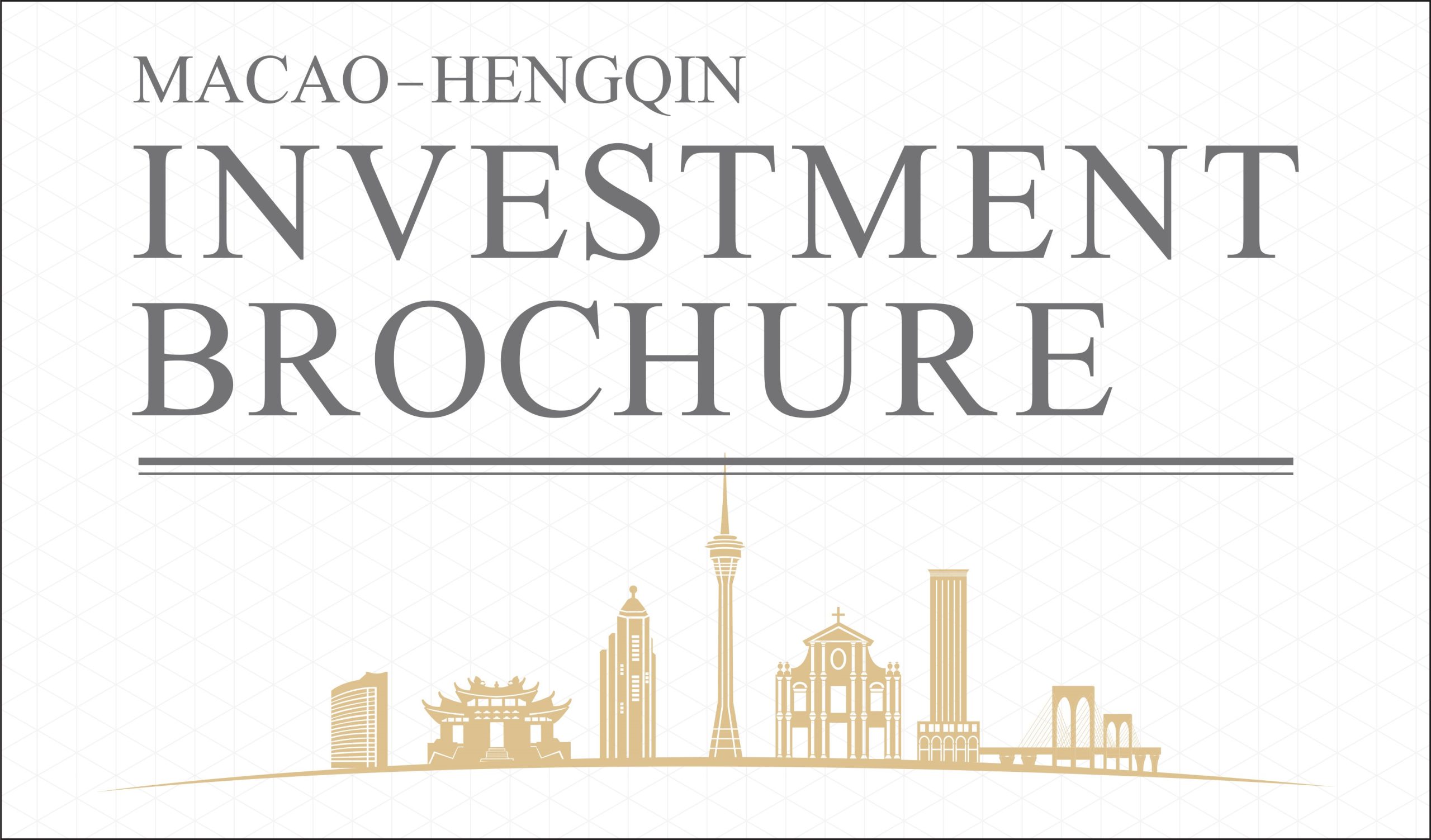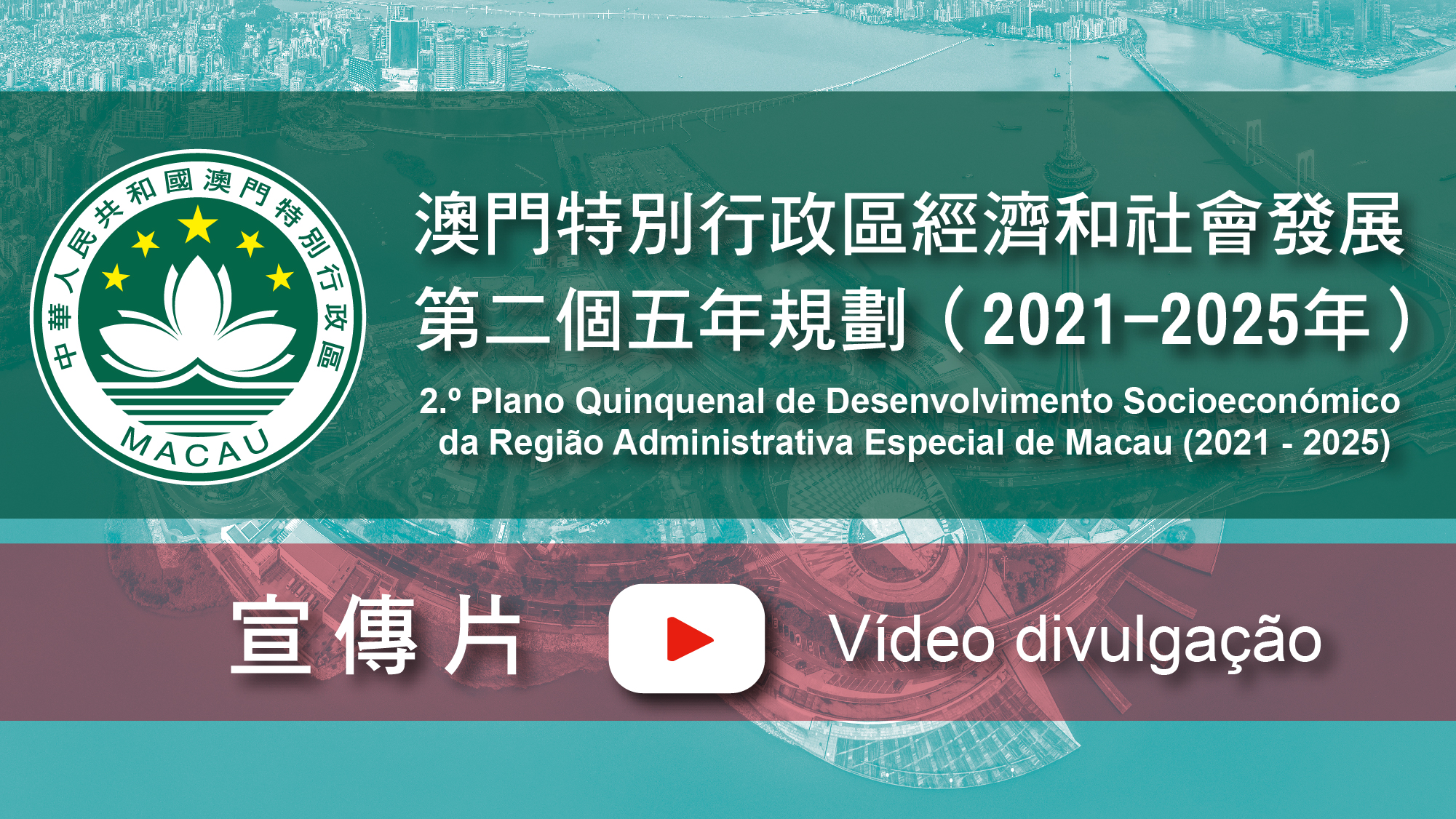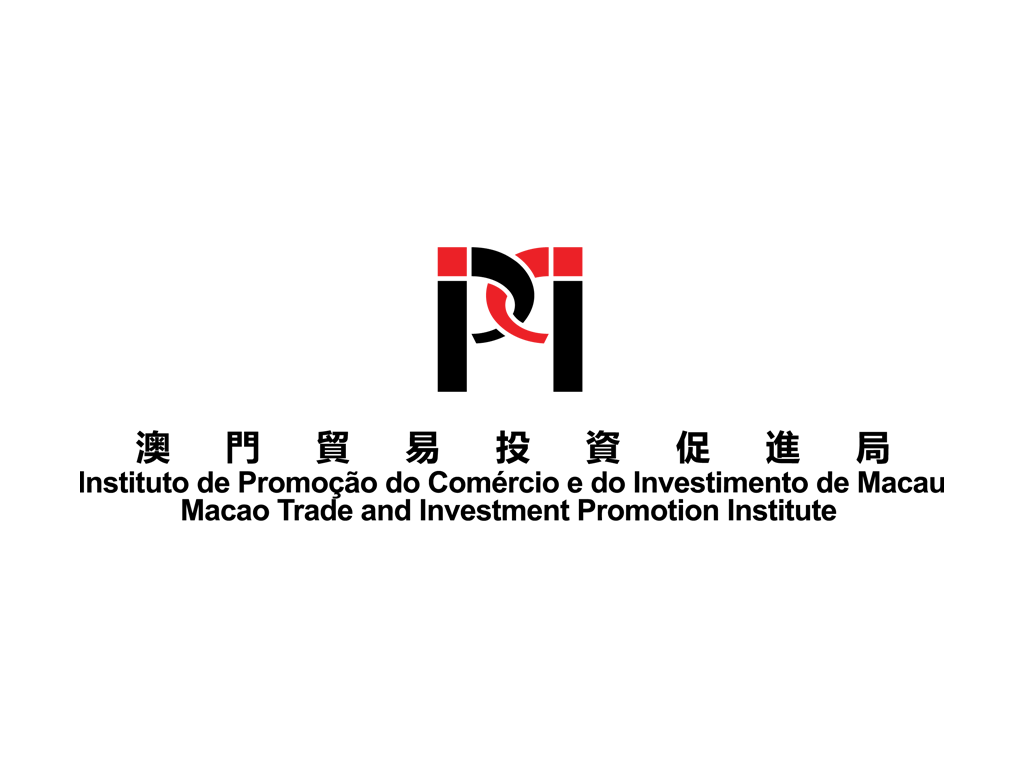Search Issues
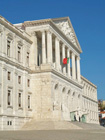 |
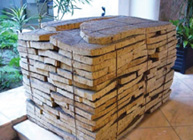 |
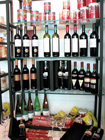 |
|
Assembly of the Republic, Lisbon
|
Portugal is the main cork supplier
worldwide |
Portugal has about 350,000 hectares
dedicated to wine production |
Economic Situation:
Portugal is located in the south western part of the Iberian Peninsula; bordering Spain on the north and east and the Atlantic Ocean on the west and south, with Lisbon as its capital.
Portugal is one of the EU’s medium developed countries. Following the trend of its European partners, the weight of the Portuguese services sector has increased significantly in recent decades. The traditional manufacturing has changed dramatically to a larger incorporation of technology. Out of 131 countries Portugal ranks 40th according to the 2007-2008 Global Competitiveness Report. Textiles, footwear, wine and tourism are the pillar industries, while the tertiary industry has showed a rapid growth in recent years. Portugal’s economic growth rate in 2008 was 0.9% and Gross Domestic Product (GDP) amounted to EUR 219 billion, with EU countries being the major trading partners.
In 2007, primary, secondary and tertiary sectors contributed to the GDP 7.9%, 25.9% and 66.2%, respectively. The working population in these industries weighted 10%, 30% and 60% of the total labor force.
Business Opportunities:
Industry and Agriculture
Of the GDP in 2007, industry and agriculture accounted for 25.9% and 7.9% respectively. Portugal’s major industries are electricity, textiles, clothing, food, electronic equipment, ceramics and cork, to name a few. Annual cork production is about 150,000 tons, accounting for more than half of the world’s total output and first in total export. Industries such as automotives, mechanical, moulding, pharmaceuticals and renewable energy are developing rapidly, with 19% of the energy supply coming from renewable energy making it the third in EU, second to Sweden and Austria. People 10% of the working population is engaged in agriculture, the main agricultural products include wine, potatoes, corn and olive oil, a traditional wine producer, Portugal’s main exports are Port and Green wine.
Service
The output of Portugal’s service sector has been growing annually and the output levels and national employment percentages are close to those of developed countries in EU. The service sector output in 2007 amounted to EUR107.84 billion, accounting for 66.2% of the GDP. Portugal’s service industries mainly include banking, insurance, hotels, catering, transportation, communications, social and personal services.
Tourism
Tourism is one of the most important components of the Portuguese economy, with revenues in 2007 amounting to EUR7.12 billion, equivalent to 4.4%of the GDP and employing 10 of the country’s workforce. In 2007, 12 million tourist visited Portugal and out of 130 countries Portugal places in 22nd in Travel and Tourism Competitivenes. Portugal is known as a safe and secure tourist destination, with tourists mainly coming from France, Germany, The Netherlands, the UK and Spain all heading for Lisbon, Faro and the Algarve.
Source:
The Ministry of Foreign Affairs of the People’s Republic of China, http://www.fmprc.gov.cn/chn/default.htm
Macao Trade and Investment Promotion Institute,http://www.ipim.gov.mo
|
Main Economic Indicators 2008
|
|
|
Gross Domestic Product (US$ Billions)
|
219
|
|
Real GDP growth (%)
|
0.9
|
|
GDP per capita (current US$)
|
22,000
|
|
Inflation (%)
|
2.9
|
|
Land area (ten thousand sq km)
|
92,391
|
|
Population (Million)
|
10.676
|
Source: CIA- The World Fact Book-Portugal, https://www.cia.gov/library/publications/the-world-factbook/geos/po.html
Major Website Recommendations::
- National Institute of Statistics, Portugal http://www.ine.pt/xportal/xmain?xpid=INE&xpgid=ine_main
As the official statistic agency, Portugal’s National Institute of Statistics is in charge of the
production and provision of quality statistical products.
- AICEP Portugal Global (Portugal Business Development Agency) http://www.investinportugal.pt/CmsAPI/AICEP/aicep_ingles.html
The official website for Portugal’s government agency investments, trade and tourism provides information on the country.
- Portugal Official Tourism Website http://www.visitportugal.com/Cultures/en-US/default.html
The official website for Portugal as a tourist destination, responsible for the promotion, development and sustainability of all tourism related activities.
|
Foreign Trade from 2004 to 2008 (Unit: US$ billions)
|
|||
|
Year
|
Total Trade
|
Exports
|
Imports
|
|
2008
|
122.91
|
50.72
|
72.19
|
|
2007
|
114.51
|
46.77
|
67.74
|
|
2006
|
99.15
|
38.80
|
60.35
|
|
2005
|
89.78
|
37.68
|
52.10
|
|
2004
|
74.86
|
31.13
|
43.73
|
Source:
CIA-The World Fact Book-Portugal,
https://www.cia.gov/library/publications/the-world-factbook/geos/po.html
Index Mundi-Country Facts, http://indexmundi.com/
Main Exports: agricultural products, oil products, food products, chemical products, wood and cork, wood pulp and paper, plastics and rubber, textiles, clothing, footwear, machinery and tools, animal skin and leather, minerals and mineral products, base metals, vehicles and other transportation material.
Main Imports: agricultural products, oil products, food products, chemical products, plastics and rubber, animal skin and leather, textiles, wood and cork, wood pulp and paper, computer accessories and parts, household goods, wine products, clothing, footwear, minerals and mineral products, base metals, machinery and tools, vehicles and other transportation material, semi-conductors and related devices.
|
Main Destinations of Exports (2007)
|
%
|
Main Origins of Imports (2007)
|
%
|
|
Spain
|
27.1
|
Spain
|
29.5
|
|
Germany
|
12.9
|
Germany
|
12.9
|
|
France
|
12.3
|
France
|
8.4
|
|
UK
|
5.9
|
Italy
|
5.2
|
|
US
|
4.8
|
Netherlands
|
4.6
|
|
Angola
|
4.5
|
||
|
Italy
|
4
|
Source:CIA-The World Fact Book–Portugal,https://www.cia.gov/library/publications/the-world-factbook/geos/po.html
|
Mainland China–Portugal Trade (Unit: US $10,000)
|
|||
|
Year
|
Total
|
Exports
|
Imports
|
|
2008
|
223,144
|
191,429
|
31,716
|
|
2007
|
221,081
|
182,628
|
38,453
|
|
2006
|
171,353
|
135,972
|
35,381
|
|
2005
|
123,586
|
91,201
|
32,385
|
|
2004
|
86,930
|
58840
|
28,090
|
Source: Ministry of Commerce of the People’s Republic of China, http://zhs.mofcom.gov.cn/tongji.shtml
|
Macao-Portugal Bilateral Trade (Unit: Mop)
|
|||
|
Year
|
Total
|
Exports
|
Imports
|
|
2008
|
176,917,177
|
5,569,062
|
171,348,115
|
|
2007
|
154,031,726
|
2,744,783
|
151,286,943
|
|
2006
|
7,215,473
|
7,215,473
|
132,242,774
|
Note 1 : Exports = Domestic Exports + Re-exports
Source: The Statistics and Census Service http://www.dsec.gov.mo/
Source:
- The Ministry of Foreign Affairs of the People’s Republic of China
- The Ministry of Commerce of the People’sRepublic of China
- The Economic and Commercial Counsellor’s office of the Embassy of the People’s Republic of China in the Portuguese Republic
- Macao Statistics and Census Service
- The World Factbook
- World Economic Forum
